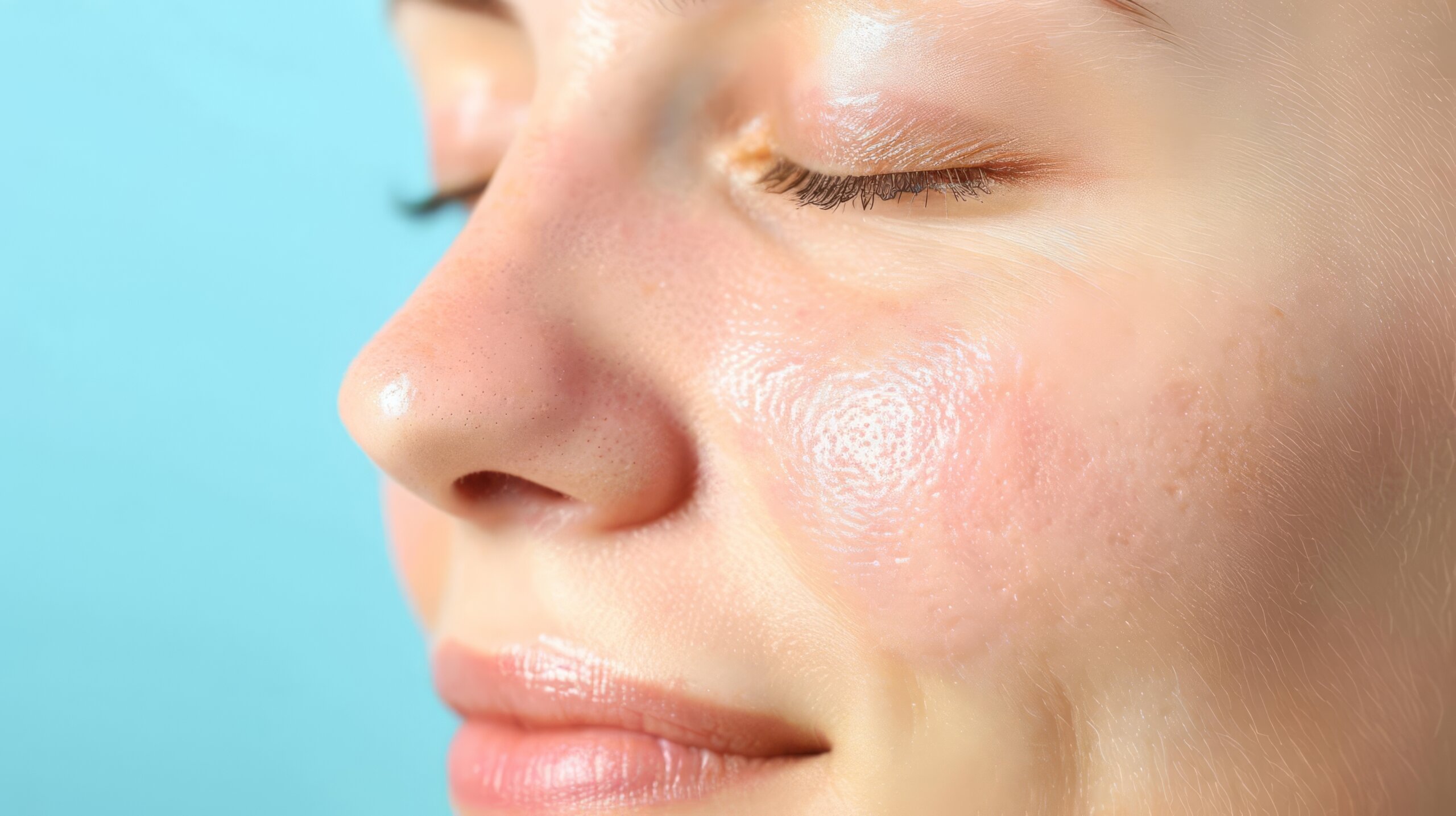Photoaging is the clinical term that refers to the way sun ages skin. From the increased appearance of fine lines and wrinkles to hyperpigmentation, photoaging can strip skin’s health and beauty, leaving people feeling less confident. According to Dr. Jacqueline Watchmaker of U.S. Dermatology Partners Scottsdale, “Most of the patients I treat have some degree of photoaging, but many have more severe photodamage that leaves them feeling less confident in the way they look. The good news is there are many effective ways of preventing and reversing photoaging.” On this page, Dr. Watchmaker explores what photoaging is and recommends prevention and treatment options to keep your skin flawless and healthy at every age.
What Is Photoaging?
When it comes to the definition of photoaging, Dr. Watchmaker says, “Photoaging refers to the premature skin aging caused by exposure to the sun and other sources of UVA and UVB rays like tanning beds. These damaging rays accelerate the natural ways that skin cells age. That means slowing skin cell turnover, reducing the production of skin smoothing collagen and elastin, and leading to excessive melanin production that causes dark spots or skin discoloration. Wrinkles, fine lines, and sunspots are all common aspects of photoaging. Long-term, sun exposure also increases risk for skin cancer.”
Signs of Photoaged Skin
Everyone’s skin ages differently both naturally and due to photodamage, but some of the common symptoms of skin photoaging include:
- Fine lines
- Wrinkles
- Age spots (also called liver spots and sunspots)
- Hyperpigmentation
- Skin laxity or sagging
- Uneven skin tone
- Uneven skin texture
The main difference between photoaging and natural skin aging is that photodamage accelerates the natural aging process, leaving skin looking older. Additionally, photoaging tends to be focused on the face, neck, hands, and other areas that receive frequent sun exposure.
Can Photoaging Be Reversed?
Like most types of skin damage, the right combination of daily skincare and dermatologic treatments may not be able to completely reverse the damage, but it will certainly improve any damage caused by sun exposure. Dr. Watchmaker says, “Depending on how badly damaged skin is, adjusting skincare routines and consulting with a dermatologist about in-office treatments can reverse a substantial amount of skin damage. Every person is unique, and they need personalized treatment recommendations. While we can’t completely undo photoaging or natural skin aging, dermatologists can help improve the appearance and health of your skin.”
A recommended skincare routine to reverse the signs of photoaging include:
- Cleanse skin using a gentle cleanser (morning and evening)
- Exfoliate skin with a gentle, chemical exfoliant like alpha hydroxy acids (AHAs) to promote collagen and elastin production (morning and/or evening as tolerated by skin)
- Apply a vitamin C or antioxidant serum to brighten skin and neutralize free radical damage (morning only)
- Use retinoid to promote skin cell turnover, improve skin’s texture, and reduce the appearance of fine lines, wrinkles, and dark spots (evening only)
- Apply moisturizer to keep skin hydrated (morning and evening)
- Apply sunscreen to all areas of skin exposed to sunlight (morning—most important step!)
Dermatologic photoaging treatments include:
- Chemical peels – if at-home exfoliation treatments aren’t showing the improvement you’re looking for, consider a chemical peel. This is a more advanced exfoliation procedure that removes outer layers of skin and promotes the production of new, healthy skin cells.
- Laser skin resurfacing – certain lasers can help to resurface the skin, promote collagen synthesis and improve sun damage. Laser treatments can reduce the appearance of dark spots, fine lines, and wrinkles.
- Dermal fillers – for deep wrinkles or volume loss, dermal fillers may be recommended to plump up skin to restore a smooth youthful appearance.
- Neurotoxin injections – injectables like Botox may be recommended to prevent wrinkles and fine lines from forming and reduce the appearance of lines that have already occurred.
- Facelift – for advanced aging and more significant skin laxity, cosmetic surgery procedures like facelifts may be recommended. These procedures range from surface level skin lifts to more advanced procedures that lift the skin, muscles, and other underlying structures to recreate a more youthful facial appearance.
Preventing Photoaging
Preventing skin damage caused by photoaging is possible with just a few simple changes to your daily skincare routine, including:
- Apply sunscreen daily to all parts of skin exposed to the sun.
- Apply an adequate amount of sunscreen to cover all exposed areas and reapply as needed to keep skin safe.
- Use a broad-spectrum sunscreen that protects against UVA and UVB damage.
- Look for sunscreen that has a sun protection factor (SPF) of 30 or higher.
- Cover skin with protective clothing, hats, gloves, and sunglasses to prevent sun damage.
- Limit or reduce sun exposure, especially during peak hours between 10:00 AM and 4:00 PM.
- Seek shade regularly when outdoors for long periods.
- Add antioxidant skincare products to your daily skincare routine.
Prevent & Reverse Photoaging
According to Dr. Watchmaker, “Whether you’re seeing significant photoaging or you want to boost your skincare routine to prevent photoaging, start small. Make sure you’re using sunscreen every day on all parts of the body exposed to sunlight. From there, add in a vitamin C serum and a retinoid to help prevent and repair photodamaged skin. Just making a few small changes and being consistent with your skincare can make a big difference.”
Schedule an Annual Dermatologic Exam
Aging skin doesn’t have to mean skin isn’t healthy or doesn’t look and feel its best. If you’re experiencing signs of photoaging, schedule a visit with the U.S. Dermatology Partners team to discuss options for preventing and reversing photodamage for healthy, beautiful skin. To get started working with one of our dermatology practices, simply take a few moments to fill out our easy online scheduling request form. A local dermatology team member will be in touch to schedule your appointment.
Find a location near me
or

